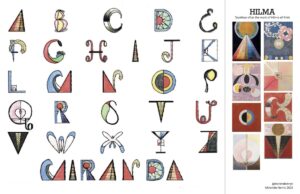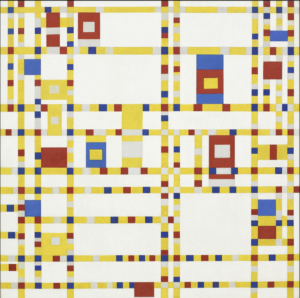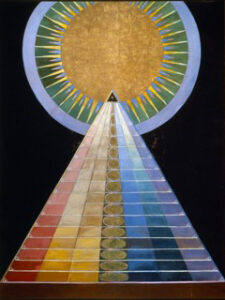El Lissitsky brought Russian Constructivist ideas to the Bauhaus and Germany when he went there to study. He had been denied entry to the art school near Moscow because of antisemitism. Constructivism and Suprematism were developed before and during the Soviet Revolution, starting in 1917. The Industrial Revolution had produced new technology these new, functionalist artists began to use. Lissitsky, for example, used photomontage, a new technology. Rather than focus on fine art, they were admonished to make things useful, posters for the cause and the people, and much propaganda. Lissitsky was trying to use geometry and design to speak to a largely illiterate Russian populace about political change. He was trying to inspire.
In communism there was much emphasis on the universal versus the individual, the utopian as social responsibility. The De Stijl artists were also interested in universal visual language. But they thought it was more spiritual. Theo van Doesberg made a manifesto of horizontal and vertical lines, Mondrian came to New York City and made Broadway Boogie Woogie, a spectacle of grid.
Meanwhile, Kandinsky was teaching color theory at the Bauhaus while women were not only being ignored, but actively held back and excluded.
It has been suggested early modern artist Hilma af Klint’s work was seen in a photograph of a mutual friend’s by Kandinsky, and impacted his work and abstraction.
I made a typeface after the work of Hilma af Klint.






Leave a Reply